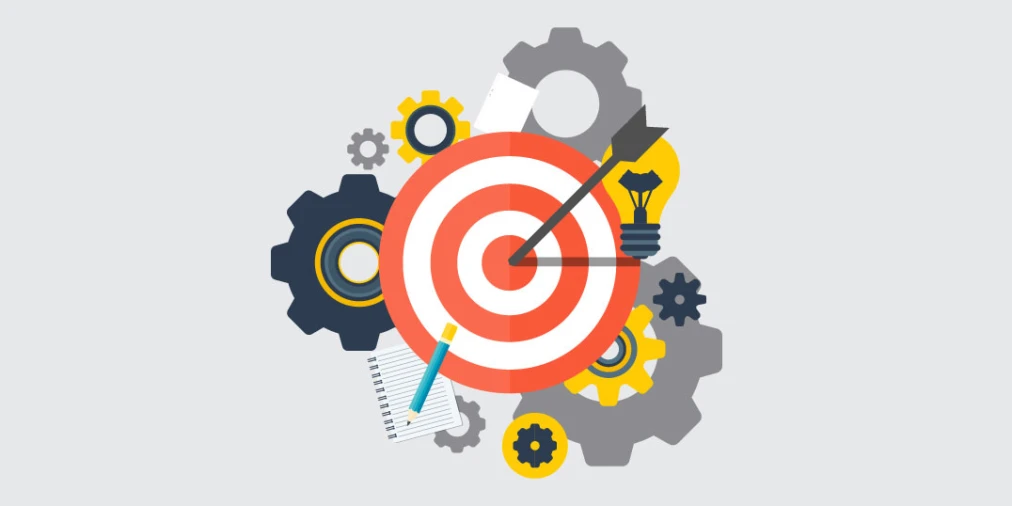What’s the point?
Identifying a target audience will assist you in pinpointing your brand’s most effective methods of communication. As a result, you can then engage and build relationships with your target audience in the most relevant way.
Opting for a target audience of ‘everyone’ is a fairly sure-fire way for your brand to end up on the scrapheap. On the flipside, establishing as deep an understanding as possible of a specific market will help you to understand why people make the choices they do. The knock-on effect of all of this is that it can help you to identify your unique selling point (what gives you the edge over your competitors). The better your USP is, the more you’ll connect with your intended target audience and set your brand apart from its competitors. Rinse, repeat, and take over the world… sort of.







